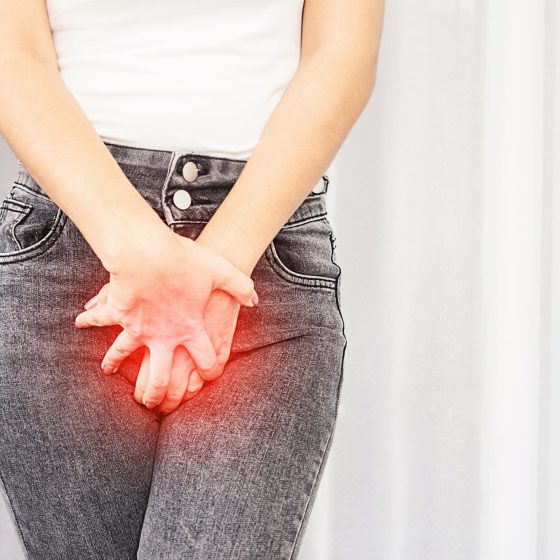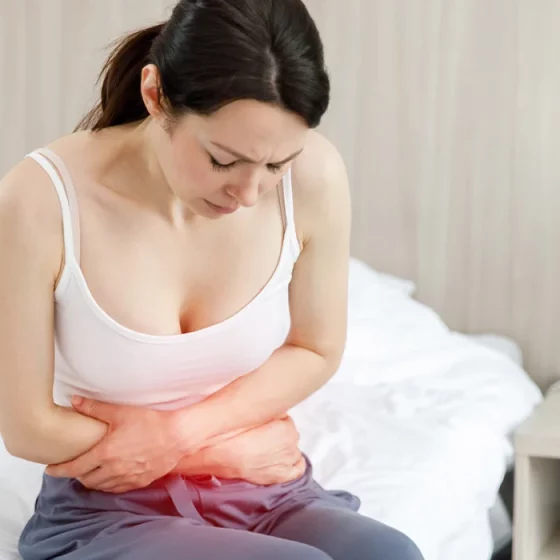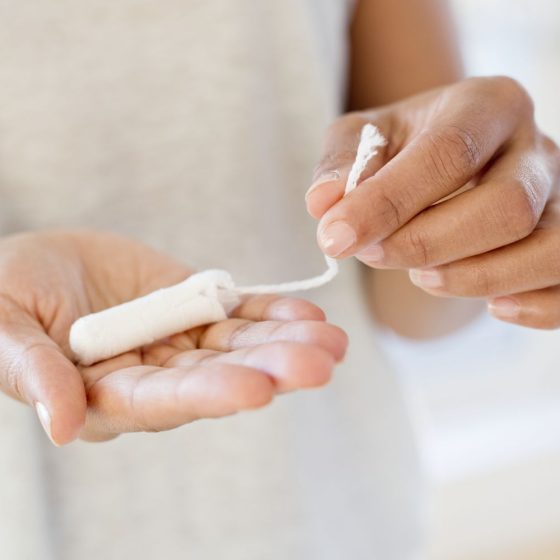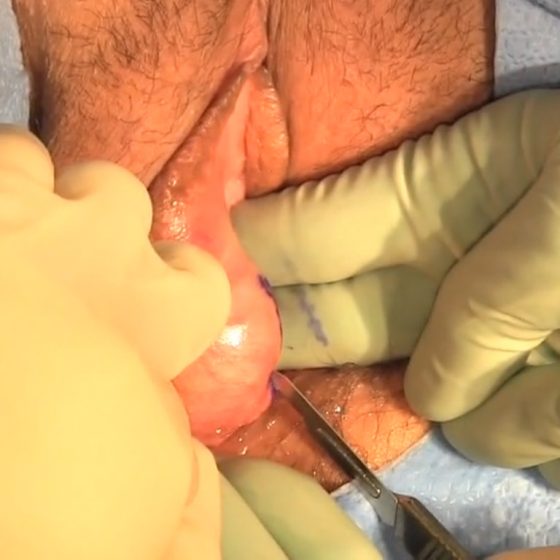Vaginal and groin irritation and infection
Irritation of the vulva and vagina is quite common and most women will experience it at least once in their lives. There is delicate skin around the groin, vulva and inside the vagina, making these areas vulnerable to a wide range of conditions that can cause irritation. (Vulva is the general name given to the external parts of the female genitals.) What causes vulva and vagina irritation? Many things can cause irritation including: an imbalance of the bacteria and microorganisms that normally live inside the vagina lubricants and spermicides and latex products used during sex, such as condoms Bartholin’s cysts










